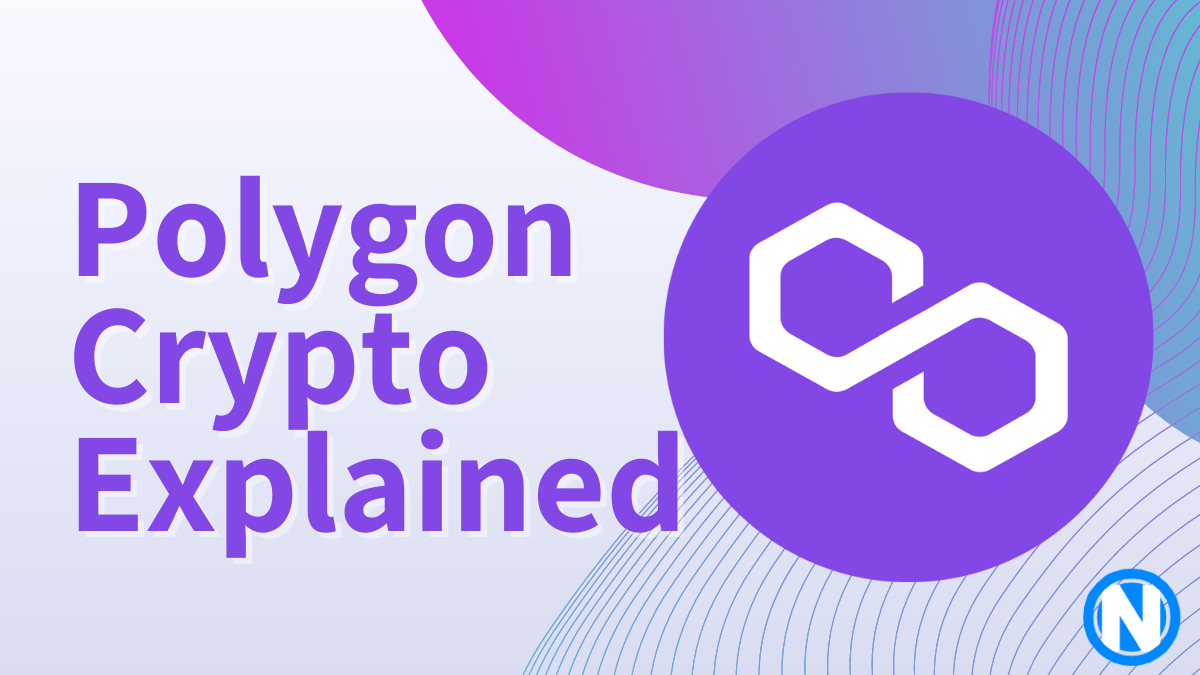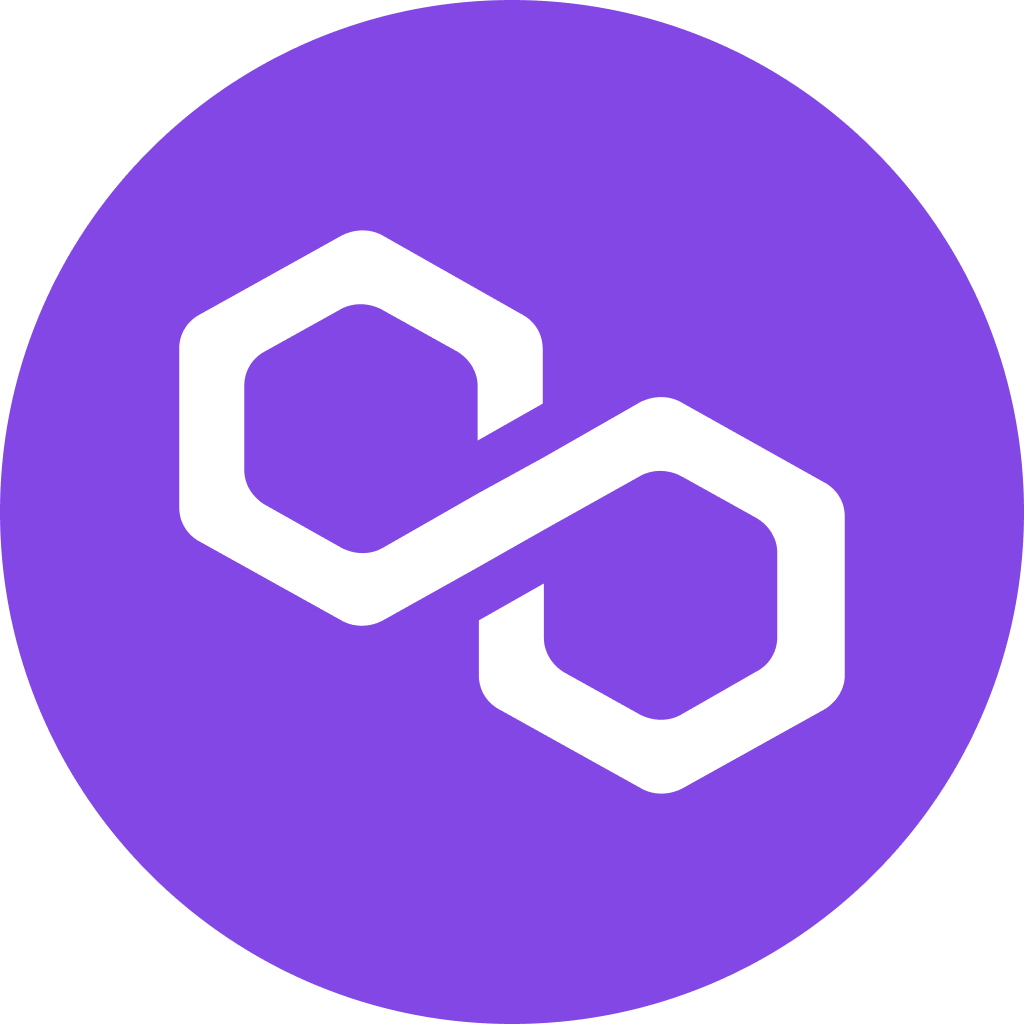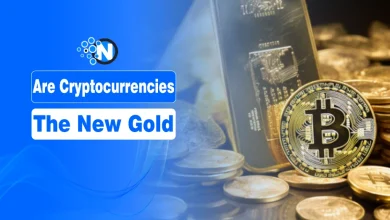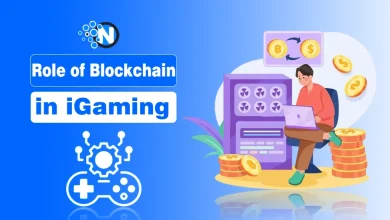Polygon Crypto Explained- All You Need to Know

Blockchain technology has the potential to change how we do business fundamentally. That’s exciting, but it also means there are a lot of blockchain solutions out there, and most of them aren’t built with real-world use cases in mind.
Previously called Matic Network, Polygon was the first scaling infrastructure based on Ethereum. The project was renamed to Polygon, but the crypto ticker symbol remained MATIC. Therefore, if you want to swap, for example, Binance Coin for Polygon, you’ll have to find the BNB to MATIC trading pair.
In this article, we’ll explore the Polygon project, how MATIC crypto works, and what it brings to the table that makes it so popular.
Polygon: Project Basics
It is a well-structured and easy-to-use platform dedicated to Ethereum scaling and infrastructure development. One of its main components is Polygon SDK, a modular framework that can be used to build various applications. Polygon was the first project to introduce optimistic rollup chains, as well as ZK rollups and stand-alone chains. In short, it effectively converts Ethereum into a multi-chain system, aiming for something that blockchain enthusiasts have been dreaming of all along, creating the Internet of Blockchains. This will ultimately bring us closer to the idea of Web3.
Basically, Polygon turns Ethereum into a multi-chain system, similar to those of Polkadot, Cosmos, or Avalanche. However, Ethereum is much more popular compared to the projects mentioned above. Moreover, it comes with additional security and openness. We shouldn’t forget the active and vibrant ecosystem millions use worldwide.

What’s Great About Polygon?
Here’s an overview of the main strengths of Polygon.
- It’s compatible with Ethereum. Polygon was designed to serve Ethereum. This gives it a head start compared to other multi-chain platforms, given Ethereum’s popularity. Simply put, Polygon makes communicating cross-chain much easier for Ethereum users. Polygon is compatible with the Ethereum network and can run smart contracts. This means you can use it to create decentralized applications (dApps).
- It’s highly scalable. Polygon features scalable consensus algorithms and provides the ability to use dedicated blockchains. It can process thousands of transactions per second and handle millions of users. is because it uses sharding and sidechains, which are technologies that let us break up our database into smaller pieces so that it doesn’t get too big for its own good. The main problem with Polygon is that it’s too new. It hasn’t been around for very long, so there’s not a lot of data on how well it works in real-world situations.
- It’s highly secure. The security is guaranteed by Ethereum and a pool consisting of professional validators. The Polygon blockchain is public. This means that anyone can participate in the network and contribute to its operation, including developers who build applications on top of it and users who want their transactions to be validated by miners. The consensus mechanism used by Polygon is proof of work (PoW), which means that nodes compete with each other to solve mathematical puzzles called “hashes” and earn rewards for being first at solving them. This ensures that all participants behave honestly because they risk losing their investment if they try cheating instead: buying more powerful computers or more expensive electricity bills are necessary investments if you want your node/miner to be competitive against others’. The downside here is energy consumption: PoW requires enormous computational power from hardware devices such as GPUs (Graphics Processing Units) or ASICs (Application-Specific Integrated Circuits).
- It’s beginner-friendly. You don’t need protocol-level knowledge or any token deposit, permission, or fee to start using Polygon. It has a simple syntax and an intuitive structure. Developers of all skill levels can use polygon, but it also has features that make it appealing for experienced programmers as well.
Polygon Scaling Solutions
Polygon comes with an entire suite of scaling solutions. They can further empower the Ethereum network and solve some of its most considerable scaling challenges.
At the moment, a couple of these scaling solutions are live:
- Polygon PoS. Polygon PoS utilizes side chains for transaction processing to achieve unparalleled speed and efficiency. In addition, Polygon PoS is built on top of the Ethereum blockchain, which allows it to benefit from the security and reliability of the Ethereum network. With its combination of side chains and Ethereum compatibility, Polygon PoS is quickly becoming a popular choice for decentralized applications and blockchain developers looking for fast and efficient transaction processing.
- Polygon Edge. The Polygon Edge platform allows you to create your own blockchain network that can be customized according to your needs. Your network will be Ethereum-compatible and based on a modular architecture.
- Polygon Supernets. With Polygon Supernets, you won’t have to worry about maintaining blockchain infrastructure. You can build your blockchain with excellent support.
Some are currently in their early versions, such as the following.
- Polygon zkEVM. zk-Rollups are layer-2 constructions on top of Ethereum. They solve scalability issues through mass transfer processing wrapped up into one transaction.
- Polygon Nightfall. With Polygon Nightfall, users can harness the power of Optimistic Rollups to transfer ERC20, ERC721, and ERC1155 tokens privately at a lower cost. Optimistic Rollups reduce transaction fees, and zero-knowledge proofs provide privacy.
Last but not least, some solutions are still being developed.
- Polygon Avail. It is a modular blockchain that records transaction data for other blockchains, thus saving effort and time.
- Polygon Zero. Polygon Zero is an Ethereum layer-2 scaling solution. What makes it stand out from the other ZK scaling solutions is the use of Plonky2. It is a cutting-edge prover system used for generating ZK proofs more quickly than any other technology.
- Polygon Miden. Polygon Miden is a Zero-Knowledge, STARK-based rollup that supports arbitrary smart contracts.
Future of Polygon
As you can see, Polygon has made significant progress ever since its launch and has big plans for the future. Consequently, MATIC will likely remain relevant in the future as long as Polygon continues pushing the boundaries of the blockchain space.
Therefore, buying MATIC might be a good idea, but make sure to do further research and follow the latest news. Most importantly, use an anonymous crypto exchange to maximize your security when trading MATIC for other cryptocurrencies, especially if you buy and sell larger amounts.




